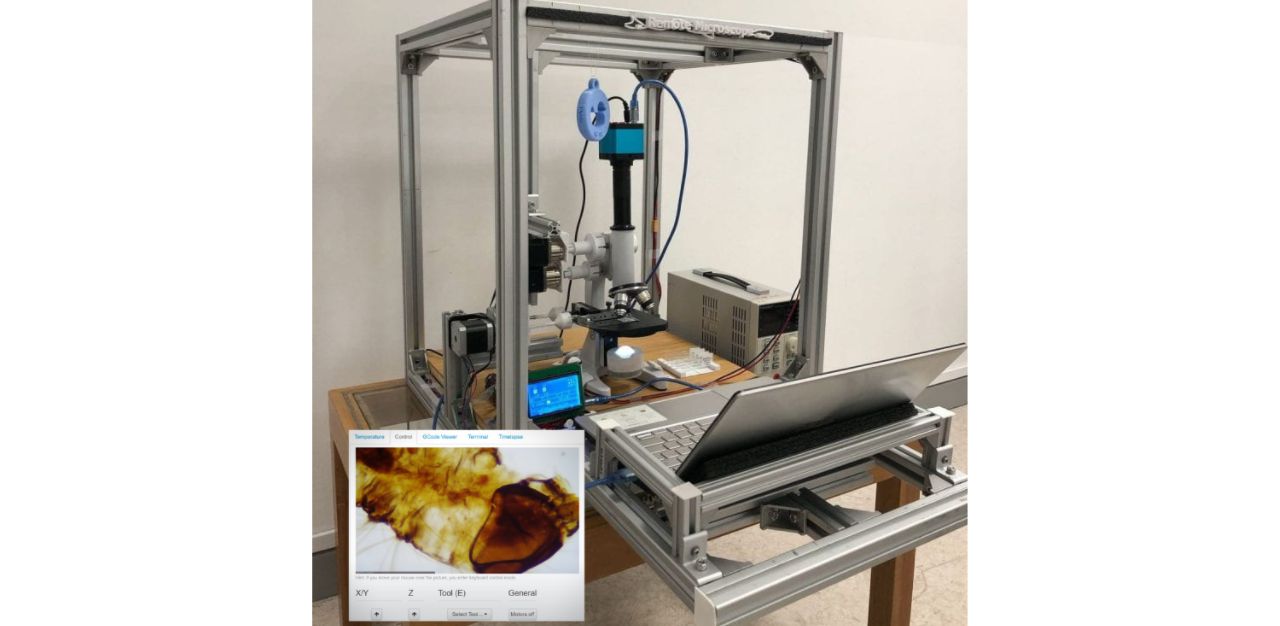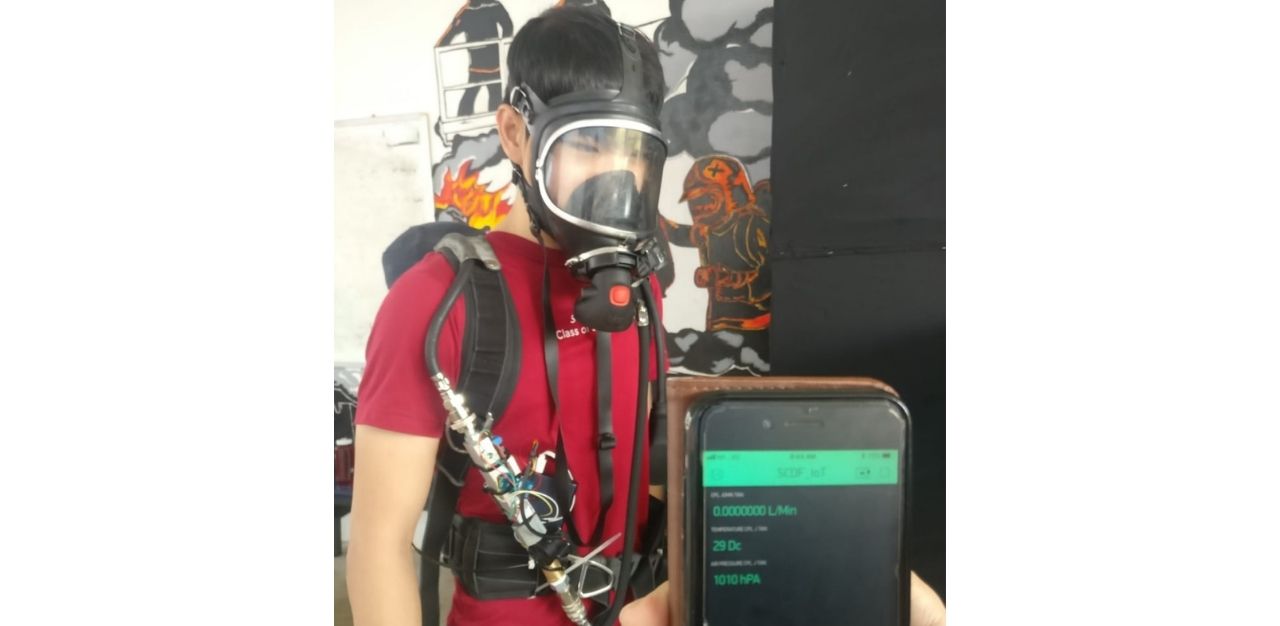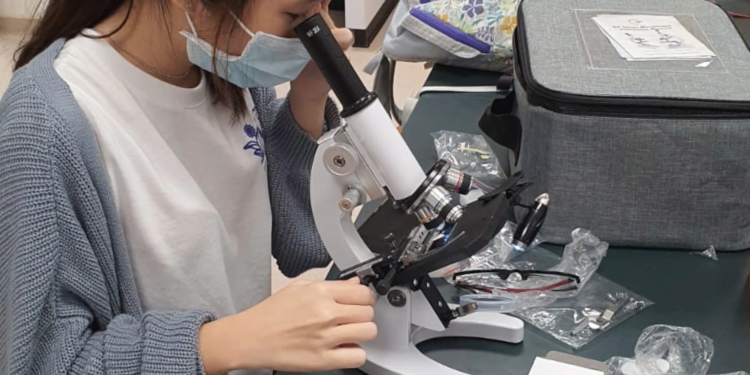Throughout history, there has been no bigger role in enabling the flourishing of humanity than that played by innovation.
Human ingenuity constantly gave rise to new ideas that improved the way humans lived, from the adoption of paper currency in China in the ninth century to Gutenburg’s printing press in the 15th, to Edison’s electric light bulb in 1880. Born in the sixties, the internet has since taken the world by storm to form the infrastructure of our current digital age, at the same time making so much information widely available to the layperson today that our forebears from just a century before would find it unfathomable.
Creating the new has thus always dominated the narrative surrounding innovation as well as the expectation we have of our innovators. Whether it’s Musk, Ma, or Mark, their ability to create the new in an effort to disrupt the status quo is synonymous with their success, while across the world organisations and nations still fetishise the number of patents — a figure denoting new, useful inventions — their engineers and scientists have managed.
And yet for some creators, the inspiration behind their work stems not from an urge to invent a new, shiny product, but a resolve to solve problems in the old and overlooked.
A new scope
For Elysia and Christopher, two NTU students and innovators, that old and overlooked technology was something that had been invented in 17th century Europe and launched humanity’s study of biology — the microscope.
In a recent international student innovation competition hosted by RS Components, a global electronic components distributor, the NTU duo snagged the grand prize of £1,000 (S$1,850) with their groundbreaking improvement to the age-old equipment — the addition of a remote capability. Dubbed the Remote Microscope, the modification entails, in addition to many other things, hooking up a camera module, a microcontroller board and a laptop to a biological microscope in order to remotely operate it from a digital interface installed on, say, an iPad.

Having handled the microscope occasionally and often for long periods of time throughout their respective undergraduate engineering programmes, Elysia and Christopher had experienced first-hand the physical strains that accompanied frequent use of the equipment.
“It all started from gradual strain to pain in the neck, eyes strain from looking through the eyepiece, and the need to stay in the lab to observe the changes in the sample may be very time inefficient,” Elysia writes.
“With all these considerations, our focus on this project is to modify the existing conventional microscope with a remote control capability to reduce ergonomic issues (back and neck pain) and physical contact between the users and the samples,” she adds.
Spurred on by these common but neglected inefficiencies, the duo spent 13 weeks on the project, from scribbling on the drawing board to 3D-printing modular adapters, to selecting the firmware and software that would form the basis of the creation.
“It has never been more compelling to deliver innovative and straightforward solutions to contemporary issues. I believe that these little things that we worked on could help others. Although becoming the global winner seemed so far-fetched, I am more than grateful for this milestone in my career,” Christopher says.
A sustainable model for doing business
Mirroring Elysia and Christopher’s motivations to innovate around the old and overlooked are many other young, passionate tinkerers. Inspired by a trip back to their ancestral hometowns in rural India, a team of NUS students set out to improve what is perhaps the planet’s most overlooked technology, and one that people living in cities take for granted daily — the toilet.
The LOTA+ — Locally Optimized Toilet For All — is a low cost, sustainable and completely off-grid DIY toilet that BoP (Base of the Pyramid) communities without access to sanitation facilities can build in three hours.
The brainchild of Kiruthika A. Palanisami, Eingeel Khan, and Ankit Sati, national runners-up at the 2021 Singapore James Dyson Award as well as recipients of the NUS Resilience and Growth Innovation Grant 2020, the LOTA+ is built with upcycled materials and basic tools available in BoP communities and consists of an upper shelter, hand wash station and an advanced but hassle-free sewage mechanism that turns human waste into fertiliser in six months, boasting the ingenuity of sustainable design to provide an ecologically friendly sanitation solution for BoP communities around the world.

“We saw a huge disparity in the sanitation sector while visiting our ancestral villages in remote rural India around 2016-2018. The related unawareness about the open defecation chimera and the effect on public health baffled us,” the trio tells TheHomeGround Asia.
“As problem solvers and designers we started developing a product fit for market along with a business plan to scale it up and funding by NUS pushed it into development,” they explain.
Through careful study of user behaviour in the communities they visited, the team discovered the barriers to proper sanitation that had existed and developed specific solutions to problems associated with costs, the cleaning of sewage leach pits, and the lack of central water supply, leading to the creation of the LOTA+.
“Innovation for us is something that provides a fresh outlook to solve an underlying problem using design, technology and iterative design thinking process. Products and services made to better the lives in communities while positively changing the world’s environment, truly define innovation,” the team tells us.
Beyond the James Dyson Award, the LOTA+ team is currently working on a lighter, flat-pack version of the LOTA system that will serve nature enthusiasts, trekkers and even army camps on the island. As for the future of innovation in Singapore, the trio believes sustainability will light the way.
“Hailing from urban planning, landscape, architecture and environment engineering backgrounds, our vision of the future of innovation in Singapore aligns with the government’s Green Plan 2030 where the country is being directed towards a more sustainable future. We envision a world where the various waste streams are upcycled into high-end sustainable products of everyday use and it is no longer a necessity to scar the landscape with waste,” they say.
Sustainable but radical
Adam Lim, another tinkerer who recently graduated from SUTD, spoke to TheHomeGround Asia about his story of creating a device that could possibly help firefighters save more lives. Like the trio from NUS, Adam saw an opportunity to add value to communities through the improvement of an apparatus so important and yet forgotten.
While attending to a fire during his time in National Service with the SCDF, his breathing apparatus had malfunctioned, causing a leak so rapid that his air supply was out in seconds.
“I had to hold my breath as I navigated out of the unit,” he shares. “It made me think about the way firefighter air consumption is managed.”
As Adam tells us, a firefighter’s air management during a fire depends on two people — the firefighter, who for obvious reasons cannot be expected to religiously monitor his air levels, and a controller, who is off site at the staging point and relies on estimates of a firefighter’s air consumption rate to make decisions.
“He does not know for sure what the firefighter’s air levels and consumption rates are,” Adam explains, providing a glimpse into the overlooked problem with the old equipment.
His team’s answer? A device that fits between the firefighters airline hose and the mask to measure air flow using the ideal gas law. The information is then sent to the controller through an app with WiFi, and voila — real-time air consumption rates at their fingertips.

“The solution not only gives the controller access to real-time air consumption information, allowing them to predict and identify low air levels preemptively, but is also designed to complement existing equipment and doctrines to promote smooth product integration,” Adam adds.
Adam and his teammates Carey Lai and Bai Jia Long, all SUTD undergraduates then, created the Breathing Observation Apparatus (BOA) as part of the SCDF’s inaugural Lifesavers Innovation Challenge in 2019, from which the trio walked away with the second prize of S$6,000.
The BOA, a first of its kind device, can be fitted onto the breathing gear in most firefighting teams around the world and as of now costs but a fraction of the only alternative solution that currently exists — something known as the breathing apparatus control board, or the BACO board. The board does not however provide real-time air consumption levels to controllers and as such would mean that every firefighting team from the UK to New Zealand still struggles with this fundamental problem.
In many ways, Adam’s approach to innovation reflects the sustainable philosophy behind the LOTA+. In our conversation, the full-time SCDF member shares that despite what most people might think, creating something from scratch is a luxury in land and resource-scarce Singapore. He feels that the best way to innovate and create is to look at what we already have.
“Creating in this way demands us to be more appreciative of what we already have and to understand that just because something is old doesn’t mean it’s lost its value,” he tells us.
“I think for something to be truly innovative, it doesn’t just have to create value. It also has to surprise people. It has to be a radical idea.”
Join the conversations on THG’s Facebook and Instagram, and get the latest updates via Telegram.














